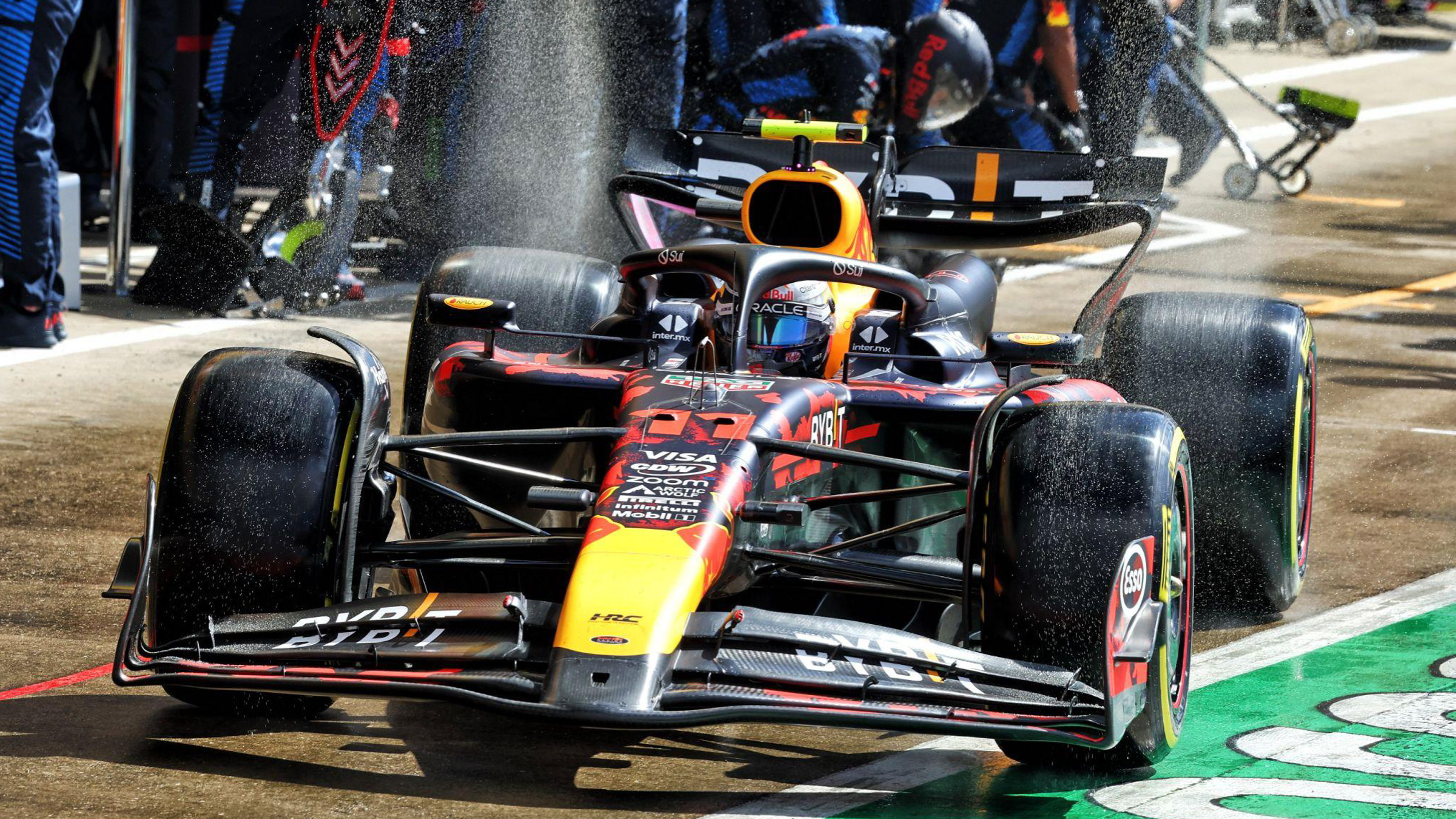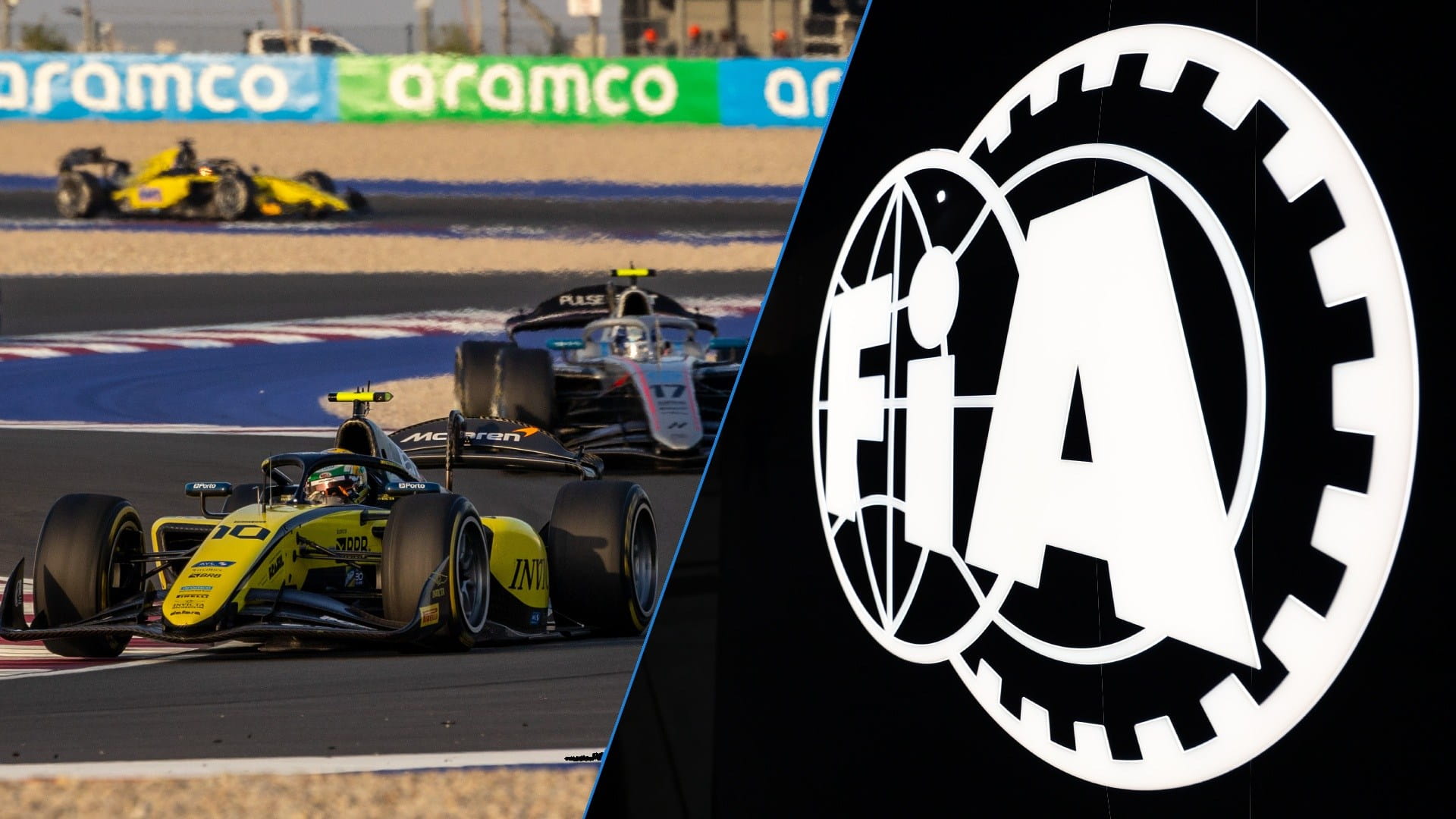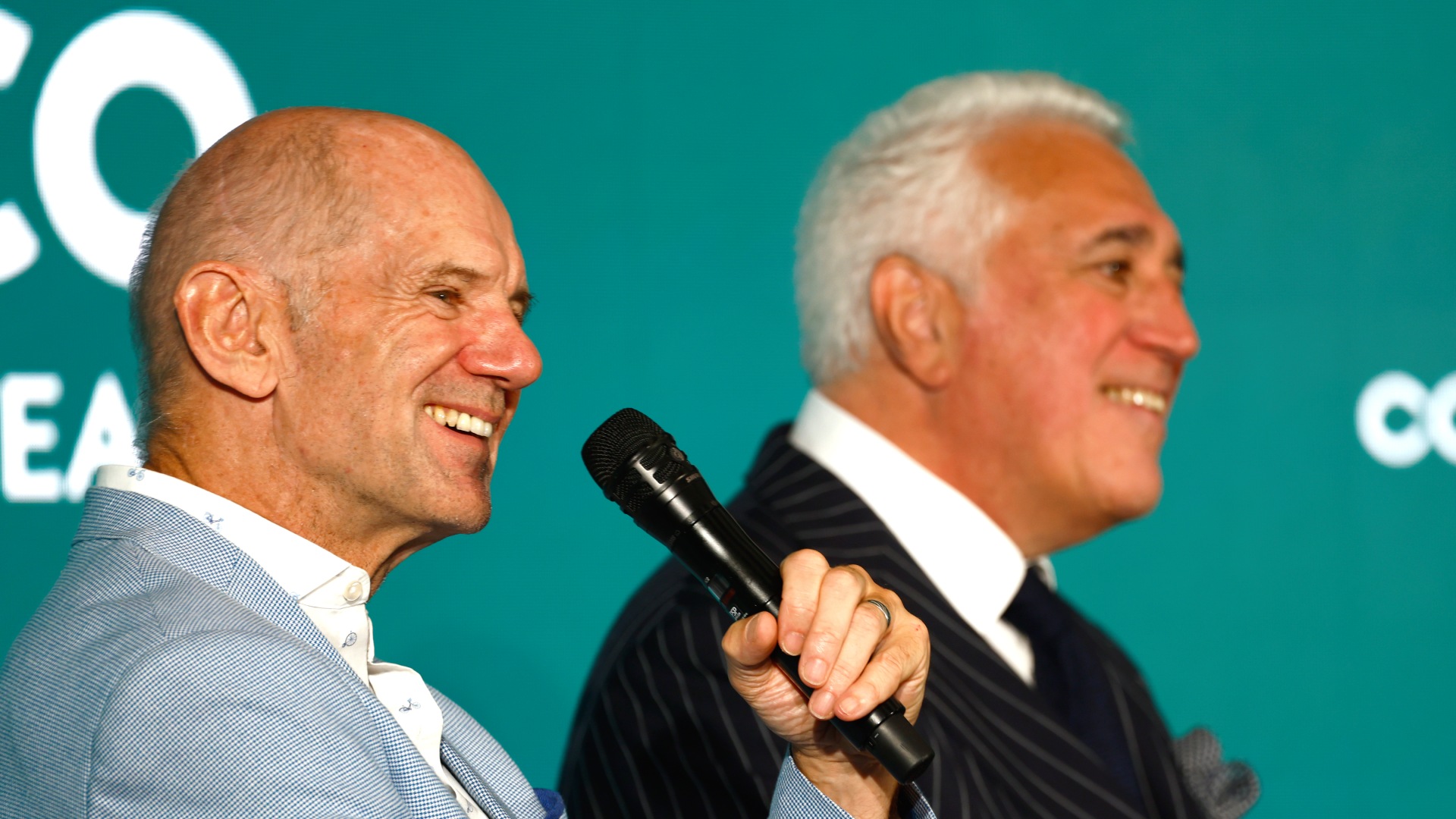Car
Formula 1 upgrades: how F1 teams make changes to improve performance
by Gemma Hatton
7min read

In Formula 1, teams used to deliver car upgrades in a predictable rhythm with parts introduced at key stages of the season. Now the landscape has shifted.
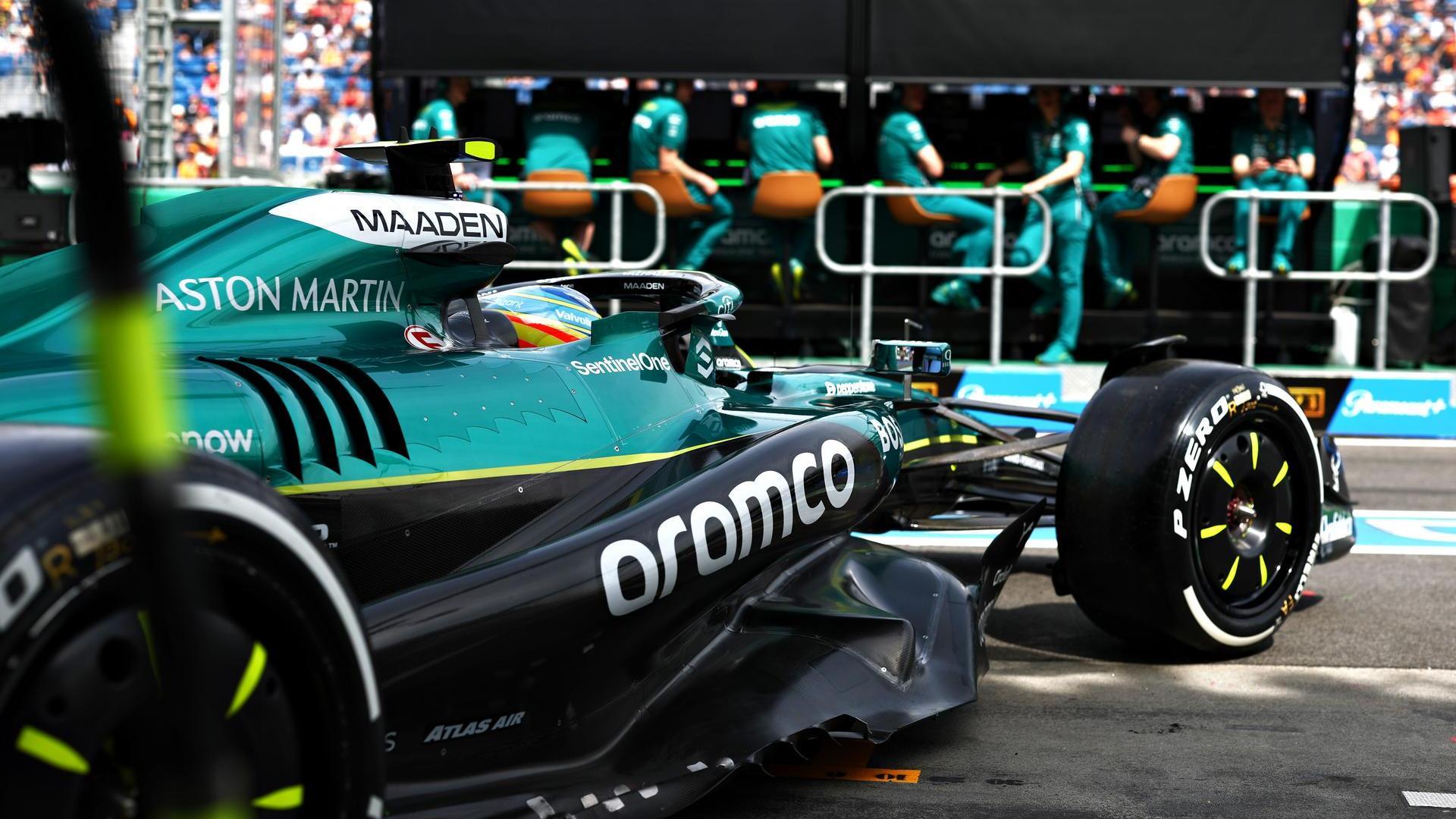
Sign up for a weekly newsletter and we'll make sure you're fully up-to-date in the world of race technology
Ex-F1 engineer Gemma Hatton unpacks the evolving world of F1 car upgrades as teams work under the cost cap, take on sprint races, and race on a host of varied circuits across the season.
.jpg?cx=0.5&cy=0.5)
The Williams F1 car with flow-vis paint to assess the airflow around its rear wing during the 2024 Mexican Grand Prix
What is a car upgrade?
In F1, a car upgrade is any new feature or part that enhances the performance of the car. These can range from large, visible parts such as an entirely new front wing assembly, to subtle improvements hidden under the bodywork such as tweaks to the cooling system, engine or gearbox.
For example, McLaren introduced a major upgrade package at the 2024 Miami Grand Prix. This included revised brake ducts, front suspension, rear wing, as well as a new front wing and changes to the shape of the engine cover, sidepod inlets and rear section.
“Or there's some other minor things that you can deliver from a mechanical or even aerodynamic point of view which hopefully bring a few milliseconds.”
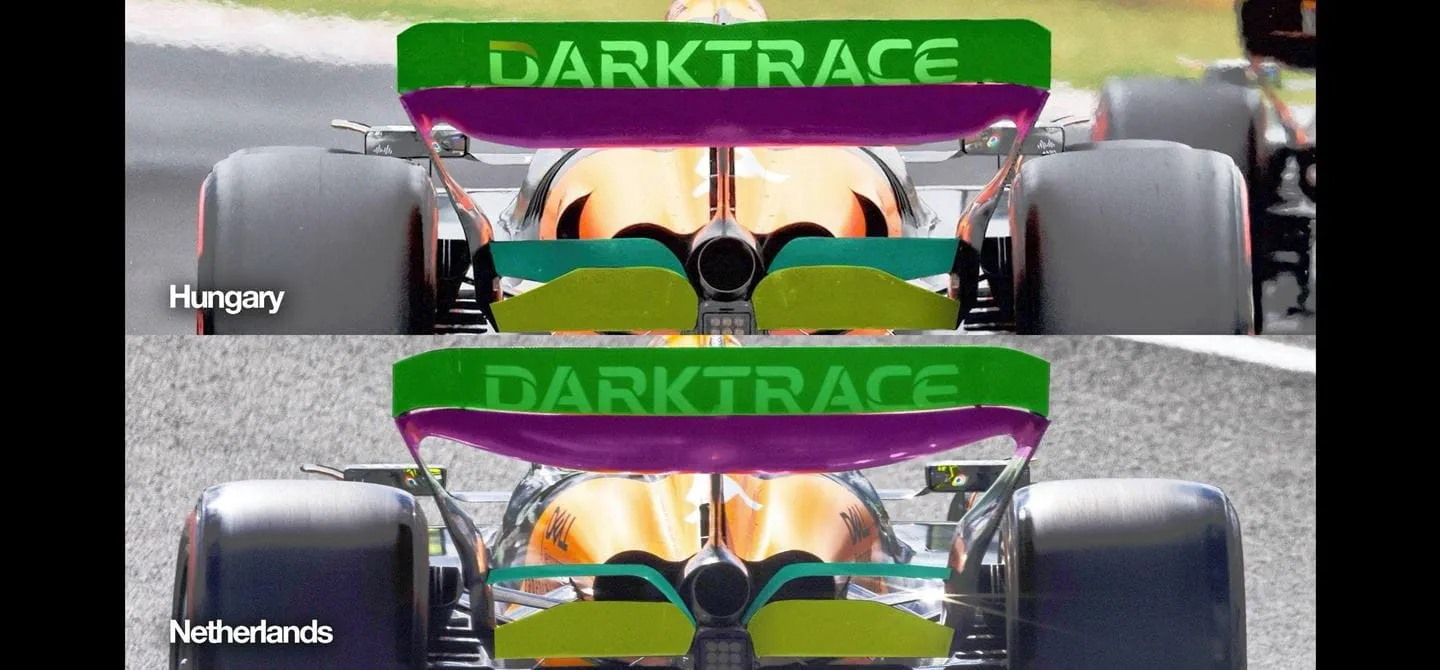
An example of an upgraded rear wing on the rear of the 2024 McLaren F1 car in the 2024 Hungarian (above) and Dutch (below) Grands Prix
How F1 upgrades used to be implemented
Before the 2020 F1 season, it was common to see teams bring major upgrade packages at distinct points throughout the season. This was largely driven by logistics dictated by the race calendar which, back then, was very similar year on year.
By the time the cars were returned, F1 teams had enough data to understand how to improve performance as well as the time to manufacture new parts. Consequently, the first European race in Barcelona, Spain, marked the first real opportunity to introduce major upgrades.
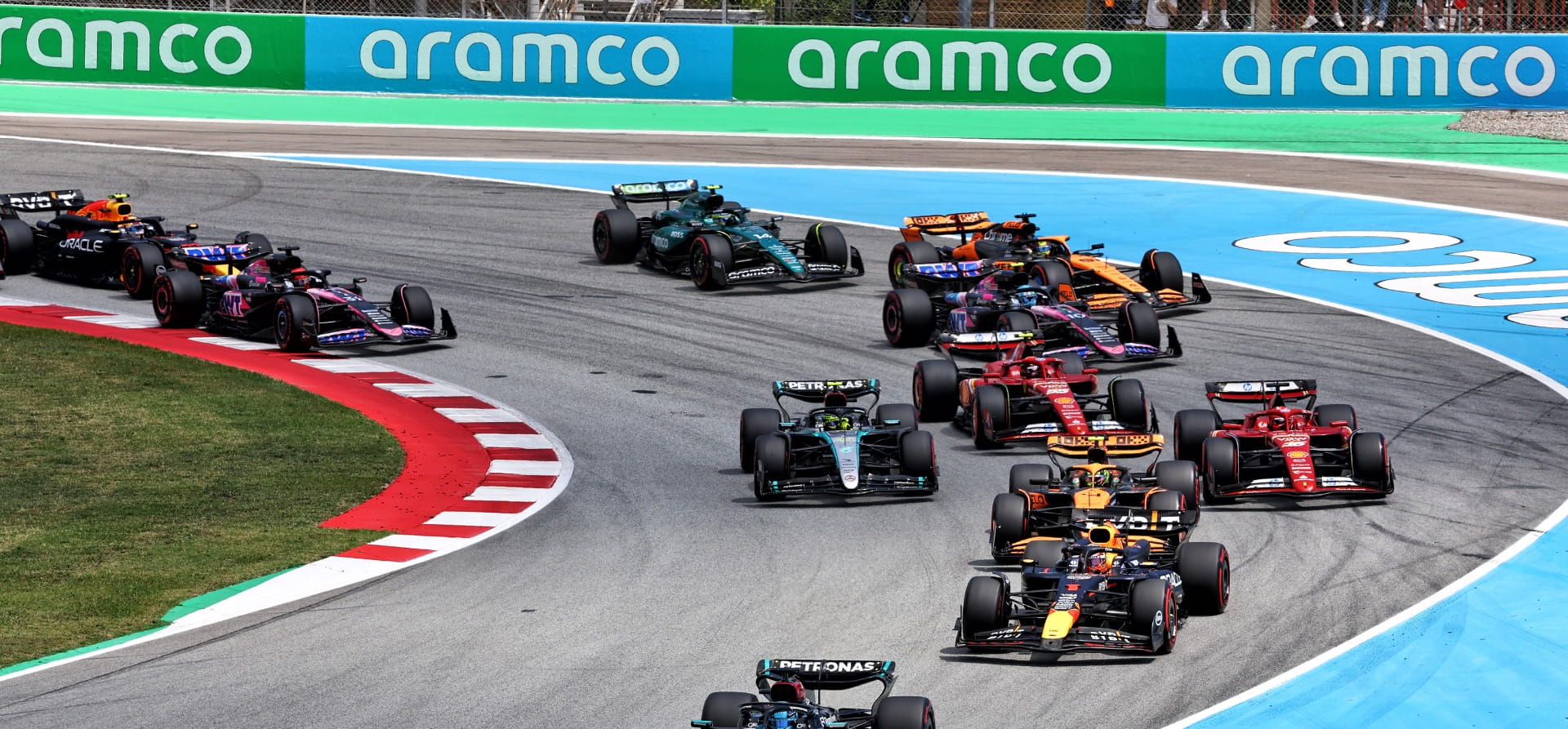
The start of the 2024 Spanish Grand Prix at Circuit de Barcelona-Catalunya, a venue that used to be the site of the first major F1 upgrades of the season
“The introduction of upgrades also depends on the different characteristics of the circuits,” reveals a former F1 senior performance engineer. “There are four main packages you need to suit all the tracks throughout the season.”
“So, these races would naturally trigger the introduction of upgrades which often included mechanical parts alongside aerodynamic wings, ducts and elements.”
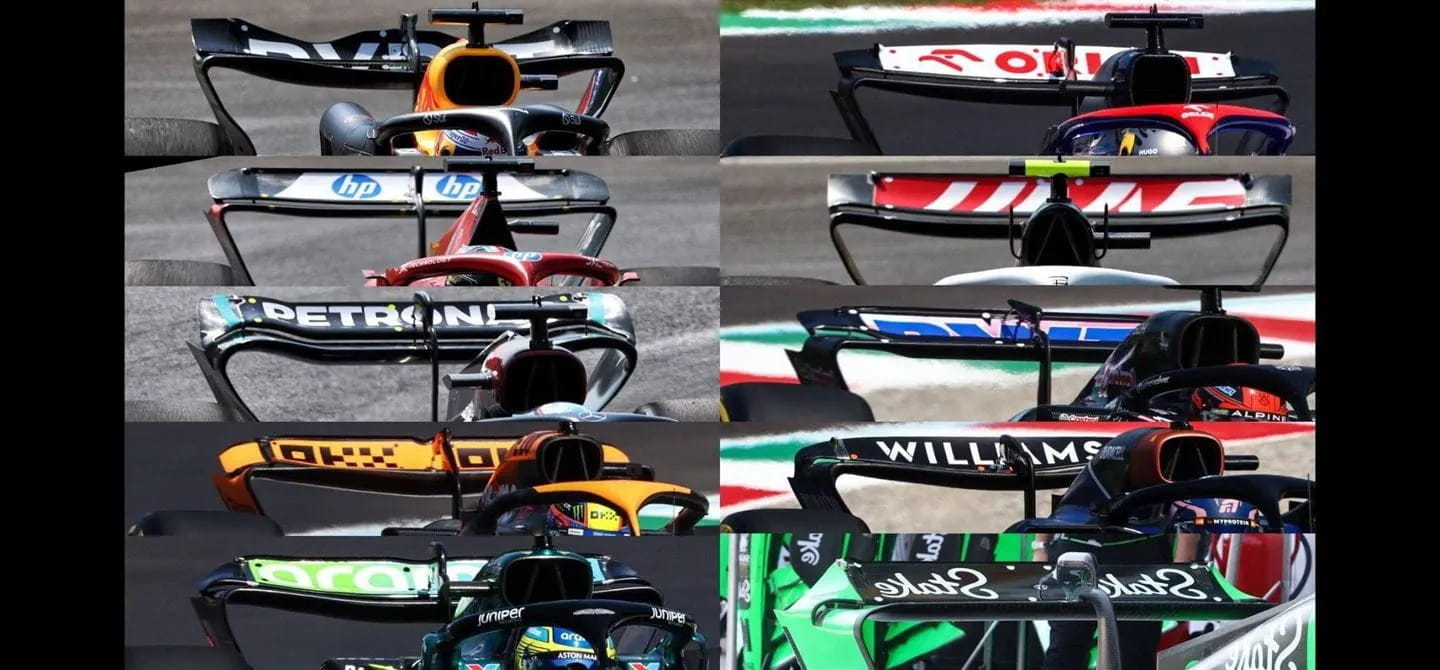
The slim rear wings sported by all 10 F1 teams for the 2024 Italian Grand Prix, a high-speed track with low-downforce demands The slim rear wings sported by all 10 F1 teams for the 2024 Italian Grand Prix, a high-speed track with low-downforce demands
How F1 upgrades are now implemented
The tune has changed, and teams now tend to trickle upgrades to the car throughout the season.
“You will still choose one race where you introduce something major such as a new underfloor, bodywork or front wing and you will still have the various packages for extreme circuits such as Monaco and Monza.”
This incremental upgrade approach is a result of many factors, mostly stemming from recent regulations. The cost cap, along with fewer test days and stricter limits on aerodynamic and dyno testing has cut the opportunity for development. This has shifted the focus from major upgrades to minor ones which can be turned around quicker.
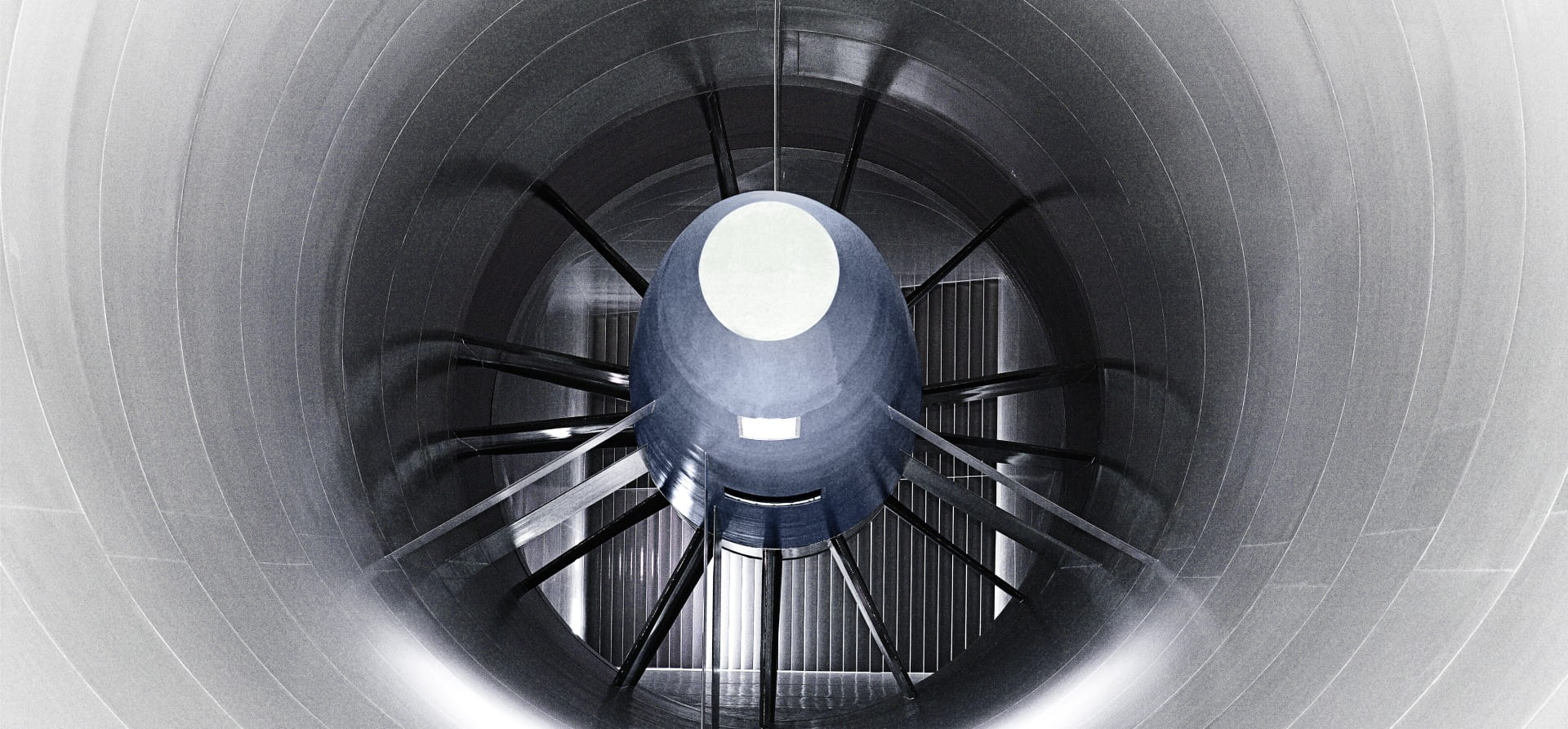
The fan inside Sauber’s F1 windtunnel. Windtunnel time in F1 is governed strictly by the technical regulations
Blandin says: “The amount you get to spend every year already includes the costs of the car and personnel, so development becomes a compressible part. If the car costs more, then the budget available for development shrinks. You definitely need to think about how and where it is best to spend money.”
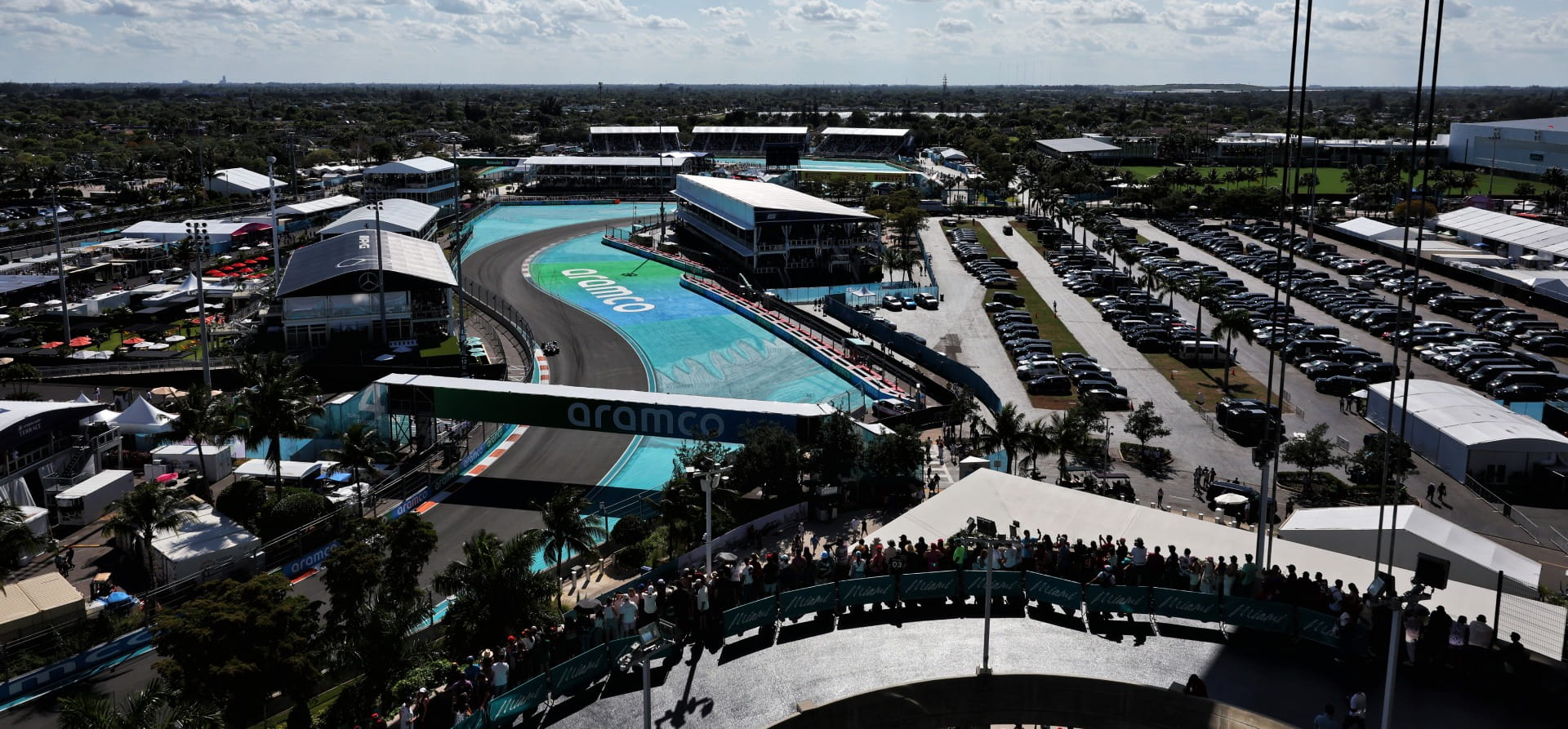
The Miami International Autodrome is an F1 sprint venue in 2025
Ultimately, the timing and structure of upgrades that arrive at the track depends on the philosophy of each team.
Either way, the deployment of upgrades is now significantly different to years gone by, and will continue to evolve as the regulations pursue smaller budgets, less testing and more varied calendars.
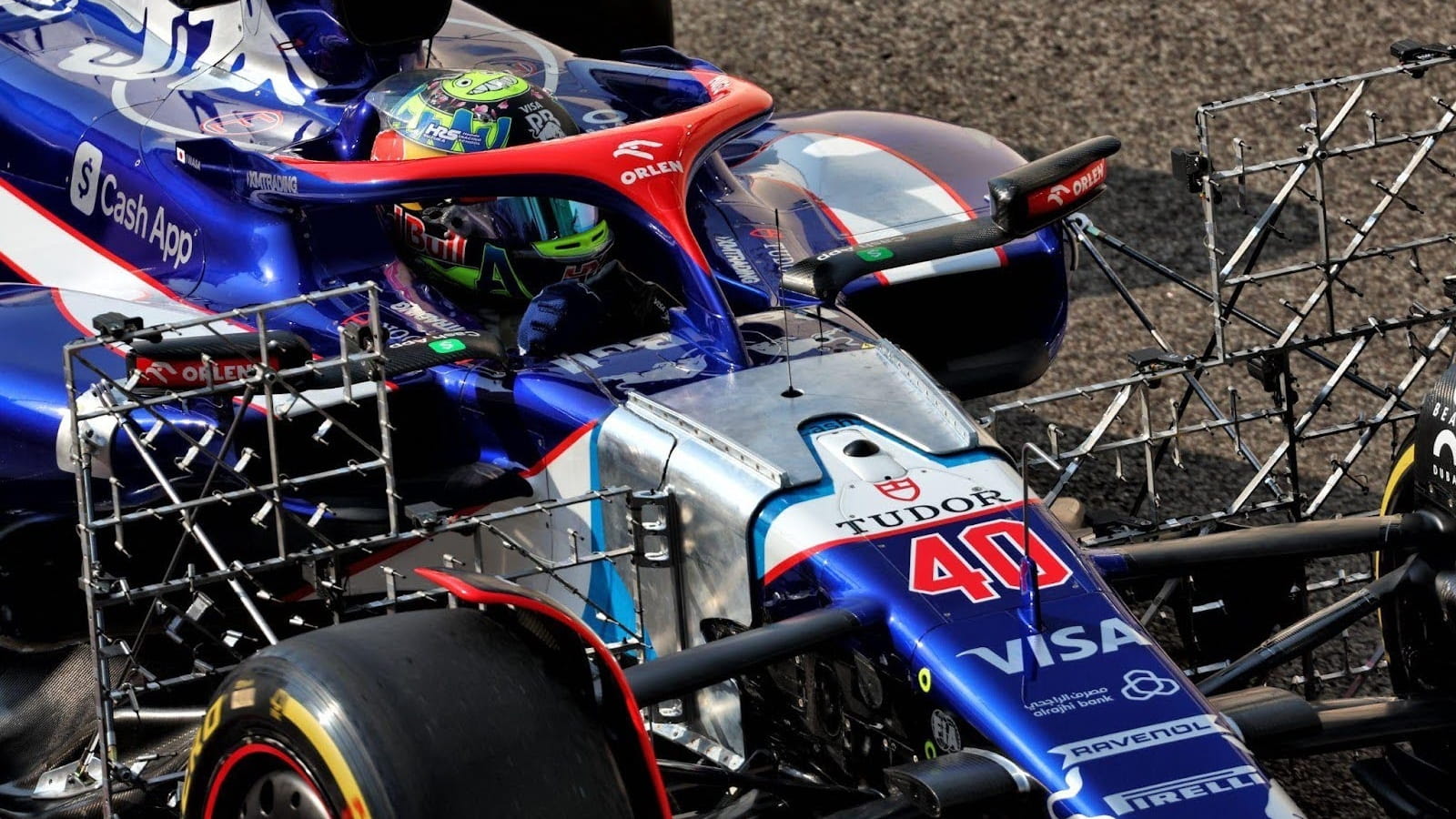
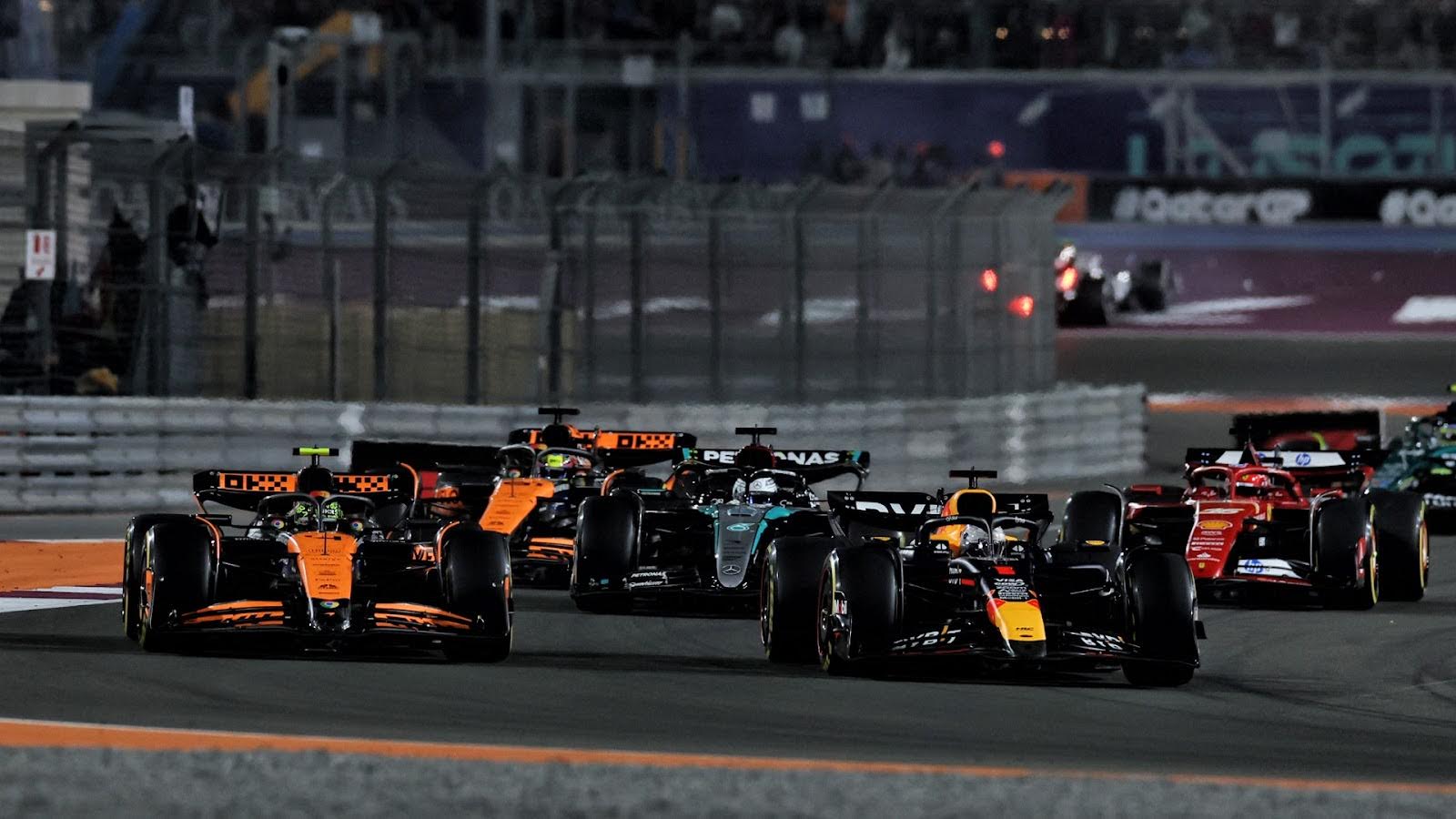
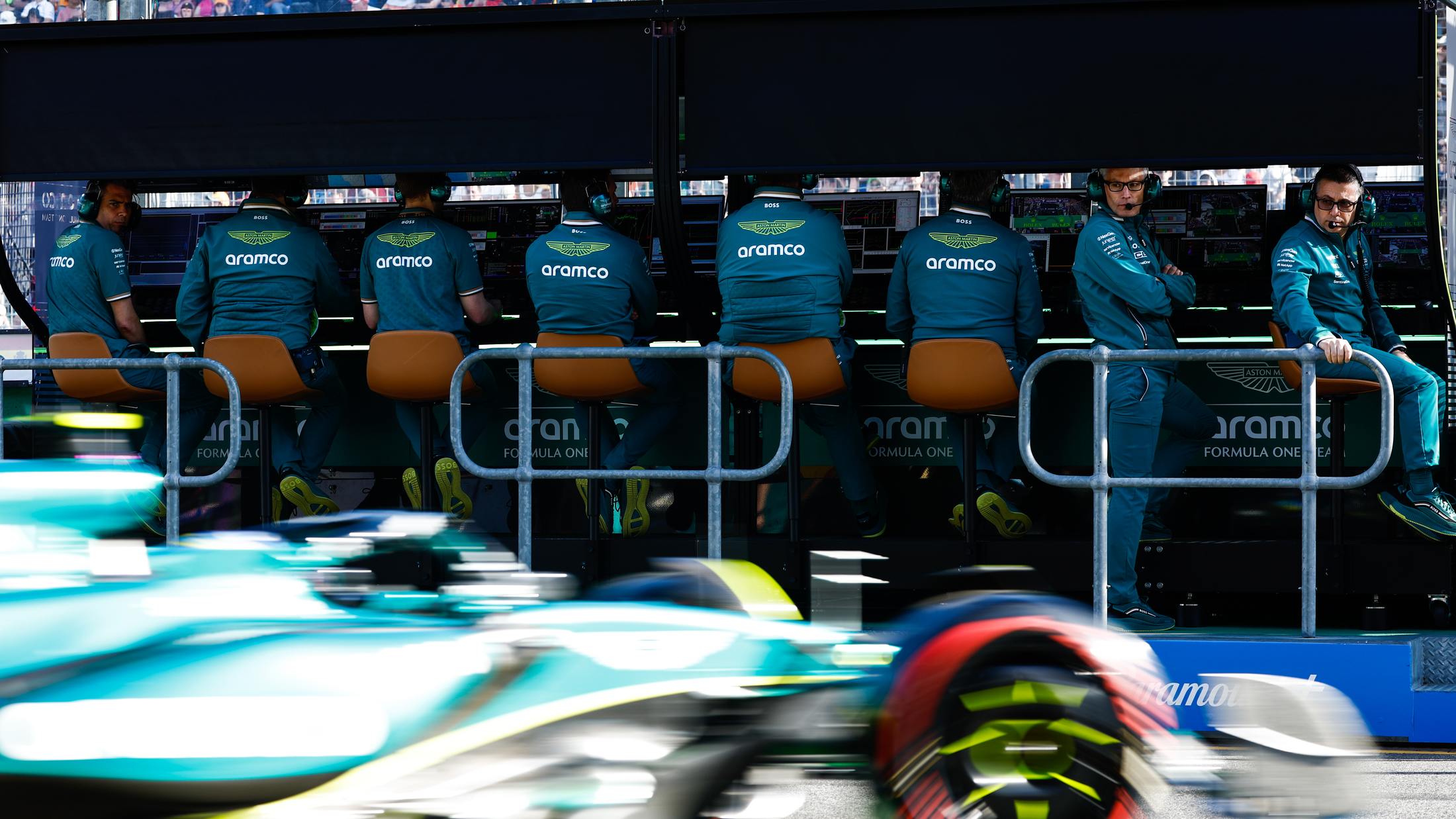
.jpg?cx=0.5&cy=0.5)
